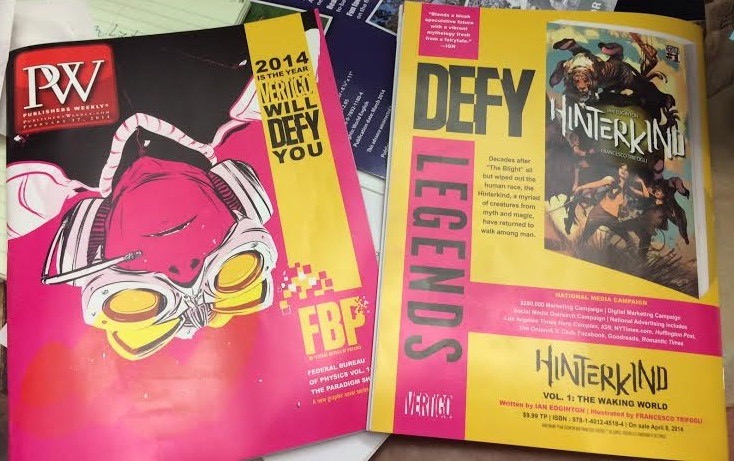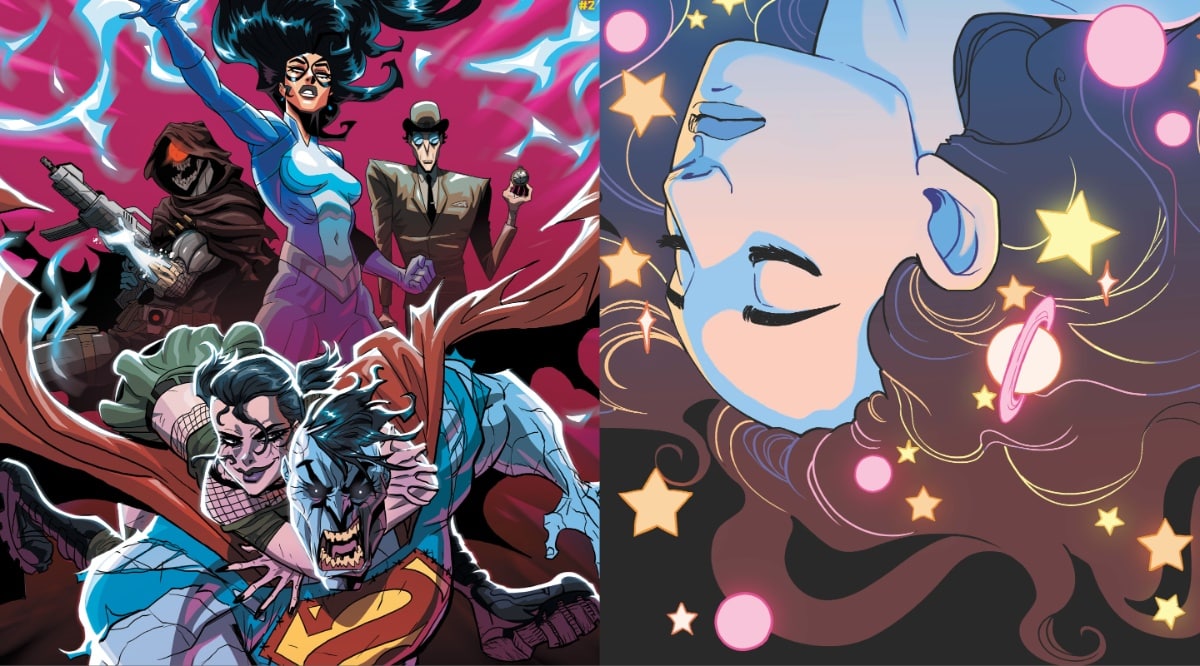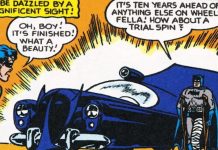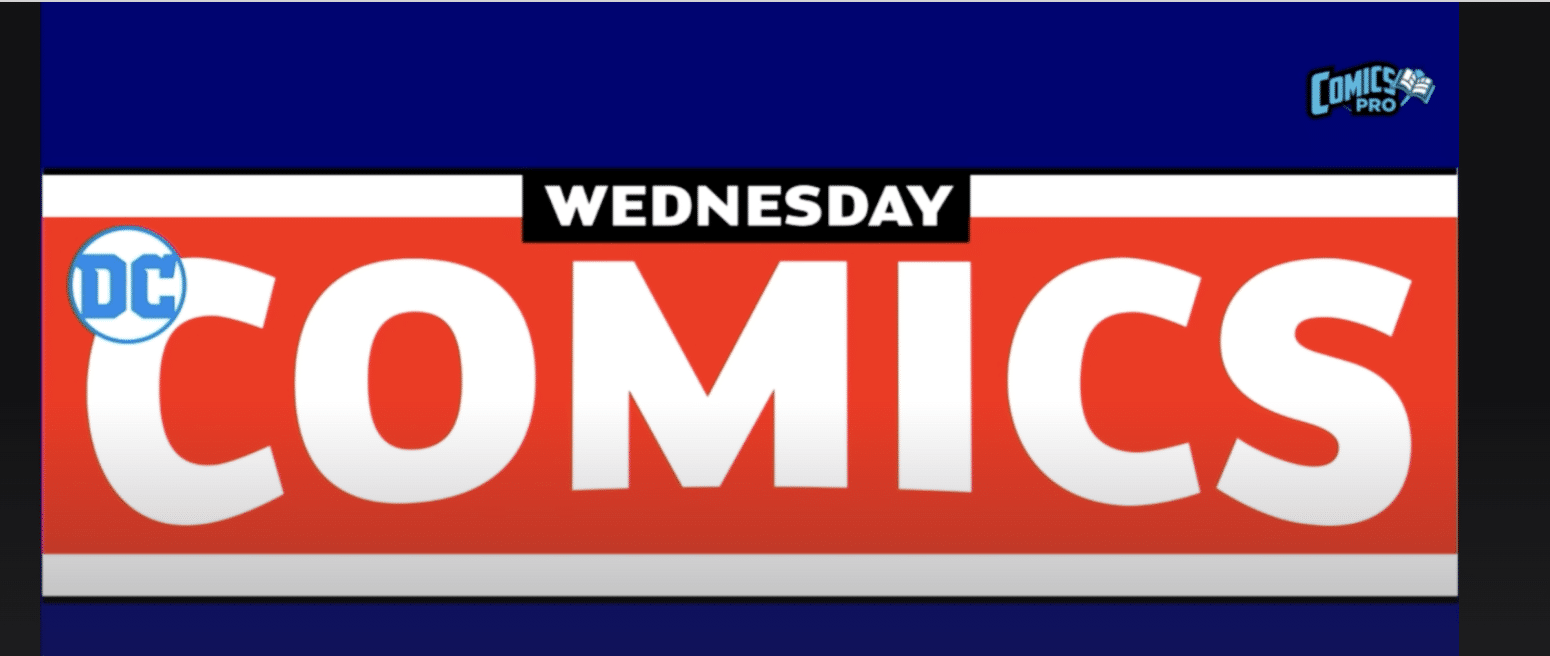Most of the discussion over the elimination of Shelly Bond’s position as head of the Vertigo line has centered on the lack of profit and hits for the imprint in recent years. But you can’t say that DC didn’t try. Two years ago Vertigo launched a big marketing campaign for the “Defy” line, and they made no secret of how much they spent on it: a cool $250,000. As I wrote then:
The books spotlighted for the campaign are FBP, Coffin Hill, Brother Lono, Trillum, The Wake, and Hinterkind. According to ad copy, there will be a $250,000 marketing campaign including ads in the LA Times (Hero Complex), IGN, NY Times.com, Huffington Post The Onion/AV Club, Facebook (Hello Brett Schenker), Goodreads and Romantic Times.
DC had previously spent big to advertise the New 52 on targeted cable TV outlets, and Vertigo books have been advertised during like-minded TV shows, like Doctor Who, and in upscale magazines, like The New Yorker.
The ads feature the vertigo “Defy” catchphrase, and represent a pretty big investment in the brand. We keep hearing that “Vertigo ain’t going anywhere.” With their strong backlist, no wonder.
The campaign kicked off with the front cover of Publishers Weekly, as shown above, and there were definitely ads for Sandman: Overture on various TV shows; not quite Defy but part of the same campaign I believe.
So did they get their money’s worth?
Looking at this line-up of books, it’s hard to see a title that had much traction except for The Wake, by Scott Snyder and Sean Gordon Murphy, an A-list creative team with a pretty good yarn to tell. Even Brother Lono, the follow-up to the much loved 100 Bullets seemingly fell by the wayside. I haven’t read all of them, so I can’t speak to the content.
It’s hard to tell what went wrong with the Defy line; I think a general malaise at DC during this time as the move to the west and staff attrition (and lack of morale) couldn’t have helped. To DC’s credit, they still stood behind the Vertigo line with last summer’s new push for 12 new titles, including The Sherriff of Babylon, Twilight Children, The Clean Room and other books that have gotten a strong cult following, at least online. Sales have still been pretty low however, and at some point change or the illusion of change had to be made.
Vertigo is truly one of the greatest publishing names in the history of comics. But to newer readers, it may have a very different reputation. They weren’t there when Morrison, Gaiman, Milligan and Ennis rewrote American comics. To them its just a bunch of horrorish/SFish books like you can get anywhere and done by more established names at Image. Associating a millennial idol like Gerard Way with a reboot gives it a kick that the existing team couldn’t do alone. That’s a harsh truth but sometimes this is a harsh business.









Much of the marketing campaign budget went on making the first three months of the comics returnable.
FBP went for 24 issues and was being developed for Warner Brothers. I’d say that had some traction, too.
http://deadline.com/2014/04/federal-bureau-of-psychics-movie-justin-marks-vertigo-warner-bros-711644/
If Rich’s comment is true, that kind of demonstrates everything wrong with this campaign, in terms of not understanding their target audience. The wider audience for Vertigo strikes me as people who wait for trades (and get those trades from bookstores or online instead of from a hobby store), or slightly younger people who are already so used to getting all their content digitally that they only read serialized things digitally (again, not looking for a hobby store).
I know a lot of people don’t want to admit it, but hobby stores are on the same path as cable TV as the next generation goes digital. It doesn’t really surprise me that a corporation that is still trying to make cable TV work rather than changing with the times is also still trying to make physical single issues work.
And while you could make the argument that younger people are still into physical objects vinyl, even that is such a small, niche group of people that many record stores are struggling to stay alive, and you don’t see the music industry foolishly pricing the digital albums at the same exorbitant price as vinyl LPs so record stores won’t get mad at them.
Not that any of this hasn’t been said a million times already, just frustrated watching comics fail to adapt. This is the first I was aware that DC and Vertigo were running commercials, because I cut the cord a decade ago.
Vertigo, to me, was always a horror comic line. DC has some of the biggest name brand horror content available. The only problem seemed that they wanted more than that nice little niche that they had carved out for themselves and they wanted it mainstream (more popular and more profitable). Shame really. I would love to read a new generation’s take on: “Haunted Tank, Sandman, Hellblazer, Swamp Thing, Enemy Ace””.” Or how about a great Horror Anthology Book with guest writers and Artists doing a new “Witching Hour or House of Secrets?” Can someone get their head out of their four-point contact and make it happen?
You’re missing the larger point. The type of readers that Vertigo was trying to bring-in, do not read floppy comics. Ever. Expecting high floppy sales for series geared toward TPB readers is a fools errand.
This a more subjective point, but those Defy books weren’t very good.
FBP was incomprehensible. I bought 3 or 4 issues, no idea what was going, who the protagonists were, who the antagonists were, what the ‘rules’ were. It was just hard-to-look-at nonsense.
And Hinterkind was just so boring.
“I know a lot of people don’t want to admit it, but hobby stores are on the same path as cable TV as the next generation goes digital.”
Given how much activity is going on in the world of FREAKIN’ BOARD GAMES, let alone the fact that comics are as strong now as they’ve been in 15+ years, hobby stores are probably pretty safe.
Mike
The titles also appeared on telephone booths in NYC, including one on the corner of the old Barnes & Noble textbook store.
Was there a website advertised? A free download available?
Given the shoddy marketing for DC You, and the money wasted on Minx, I don’t think DC knows what they’re doing.
Hmm… Fandango was giving away a free digital comic with every Batman v. Superman ticket sold online. How many comics got redeemed? Has DC seen an uptick in digital sales for that series? New readers?
—
As for the creation of Vertigo, that cycles quite frequently…
After Vertigo, it was Wildstorm with the Authority and Planetary.
Currently, it’s Image.
I tried FDP and read Hinterking and that the first time I hear they were part of a DEFY new line of comics for Vertigo. I know I’m far, an ocean away in Europe but still, that proves something wasn’t that clear with their communication campaign.
“The type of readers that Vertigo was trying to bring-in, do not read floppy comics. Ever. Expecting high floppy sales for series geared toward TPB readers is a fools errand.”
Speaking as a person who owns a “Vertigo-oriented” comic book store (and, moreover, one that sells more books than periodicals), that’s an entirely erroneous statement. See: http://www.savagecritic.com/retailing/comix-experience-best-sellers-2015/ Our highest selling periodicals this year (and most years, for that matter) are “Vertigo-style” comics… just not ones with the actual Vertigo logo on them.
Periodical comics, further, have an audience many multiple of the book collections — usually at least 2:1, but far more often 4-6:1
-B
I don’t see how Vertigo failing was Shelly Bond’s fault. She was given an impossible mission once Karen Berger was forced out. Hopefully Bond lands somewhere much better and a place that can use her skills.
“The titles also appeared on telephone booths in NYC, including one on the corner of the old Barnes & Noble textbook store.”
Telephone booths still exist? (I don’t mean that as a joke… I would have assumed that telephone booths would gone away by now, especially in big cities.)
“Periodical comics, further, have an audience many multiple of the book collections — usually at least 2:1, but far more often 4-6:1”
Except when they don’t. I’d venture that every issue of SAGA probably has more copies sold as part of a collection than as a periodical within a few months of release (and that gap will continue to widen as the years go on). That’s the most obvious example, but I’m sure it’s also true of a lot of other books.
Brian – While I do value your willingness to share sales data, I disagree.
I don’t think the books you cite are ‘Vertigo-Esque” without having the Vertigo banner. The books you site, are specific to your shop (Surely you realize that San Fran is not like rest of the country right?) – and teh books you cite are A-list creators making A-list material.
Vertigo is no longer A-listers and hasn’t been for a long time. Probably since Y the last Man ended. (I get that Fables sold well enough, but Willingham is not A-list)
Further – BobH is right – Saga TPB’s sell way more than floppies. I get that this CBR piece from June 2013 references you – but it also points that by june 2013 – Saga VOl. 1 has already sold 53,000 pieces, just in the DM. It’s probably what… 10 times that now?
And what do you know – those readers have not magically become floppy readers.
http://robot6.comicbookresources.com/2013/06/more-on-the-saga-of-sagas-impressive-sales-performance/
I get that you store has some traffic in floppies. I think that’s awesome and you are a kick-ass retailers for being able to pull that off. But it is very much not the norm.
As further proof that many of these target fans don’t even know what floppies are – you yourself pointed out as such in 2012!
http://www.savagecritic.com/retailing/walking-dead-id-never-heard-this-before/
Additional Aside – BKV and Robert Kirkman are probably the only writers in the whole industry who write for single issues as well as trades. They do Cliff-hanger endings better than anyone else in the business. The only two titles in the industry that are satisfying and exciting to read as floppies right now are TWD and Saga. Everything else is written for trades as the ‘preferred’ medium.
I don’t believe for a second that DC spent anywhere near a quarter of a million dollars on the Defy Vertigo promotion. We certainly didn’t see it before our eyes. The deal they provide for the Vertigo talent is not going to attract many top creators nor make them want to give the store away to DC.
I feel Nelson, Didio, Lee & Johns have driven DC into a dark hole it may take years to climb out of. Chasing much of the creative talent at DC away has not helped. 52 has overall been a bust both creatively and financially.
The two recent Superman movies being weak creatively has not helped either.
But tell us Rosenberg how you really feel.
@Kate Willaert
You nailed it. They are not adapting. They are just like the music industry was around 2001 with digital music. Instead of fighting digital comics by still seeing them as the step-child they should be embracing them as the number one way to sell comics. They`re not though as they are scared to let go of their LCS dwindling money numbers.
They should go all out and make digital the number one way to sell comics,and say good bye o the old ways.
Now I am not saying completely obliterate the way things in the lcs,but do it like vinyl make the lcs niche stuff,and digital the mainstream stuff.
Once again Kate Willaert a very good post, and one of the first times someone on here can actually see what the future of comic books is,
Digital.
So in conclusion the comic book industry must accelerate it`s transformation into digital to be bigger with mainstream or be left in the dust with a small niche audience it has now with the LCS crowd.
Digital Comics will open new doors that the old lcs can`t!
I wonder if the contract has something to do with Vertigo’s recent struggles. As I understand it (and I’m definitely NOT an expert), Image offers full ownership/control of each property to its creators, while DC/Vertigo requires creators to give up certain rights. In today’s multiplatform age when properties have lives in multiple forms of media, I can see why Image would attract more creators on both ends of the spectrum — the big established names and the newer, up-and-comers. I would love to see DC try to find a way to fit full creator ownership into its publishing model.
Comments are closed.